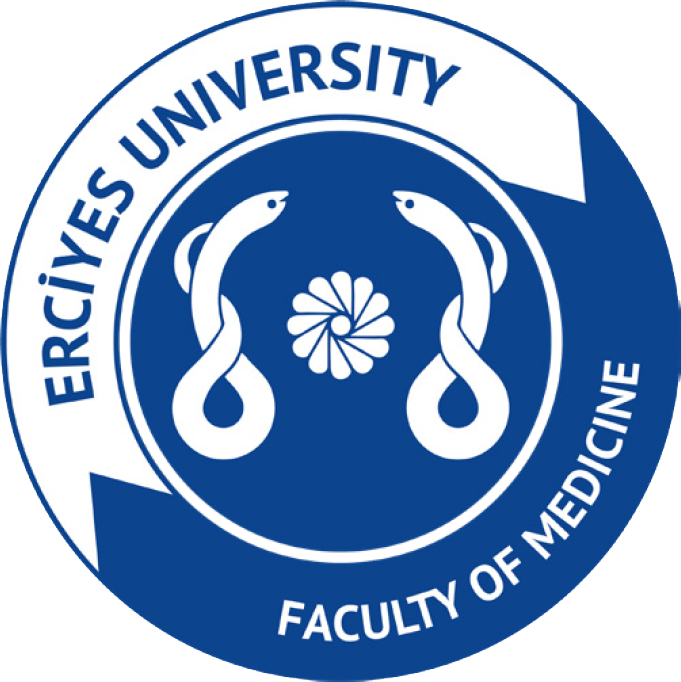2Department of Cardiothoracic Surgery, Tabriz University of Medical Sciences, Tabriz, Iran
3Department of Otolaryngology–Head and Neck Surgery, Tabriz University of Medical Sciences, Tabriz, Iran
Abstract
Objective: Thyroid nodules are common, and assessing their malignancy risk is important for effective management. This study examined the diagnostic significance of preoperative inflammatory markers, particularly the neutrophil-to-lymphocyte ratio (NLR) and platelet-to-lymphocyte ratio (PLR), in predicting malignancy in thyroid follicular neoplasms.
Materials and Methods: We conducted a retrospective review of 150 patients with thyroid nodules who underwent total thyroidectomy. Nodules were classified as benign or malignant based on postoperative pathology. Demographic data, radiological findings, tumor size, and preoperative blood samples were analyzed, with a focus on NLR, PLR, and other inflammatory markers, to evaluate their potential in predicting malignancy.
Results: Of the 150 patients, 89 met the inclusion criteria: 51 benign and 38 malignant cases. Platelet counts were significantly higher in malignant cases (p=0.015). NLR values were greater in patients with solitary nodules compared to those with multifocal nodules (p=0.027). No significant association was found between nodule size and malignancy (p=0.797). Thyroid-stimulating hormone (TSH) levels were higher in nodules smaller than 4 cm (p=0.002). Microcalcifications were significantly associated with malignancy (p=0.014).
Conclusion: This study indicates that while NLR and PLR have limited predictive value for malignancy in thyroid follicular neoplasms, platelet counts and microcalcifications are significant indicators. These findings may assist in guiding clinical decisions regarding the management of thyroid nodules.


